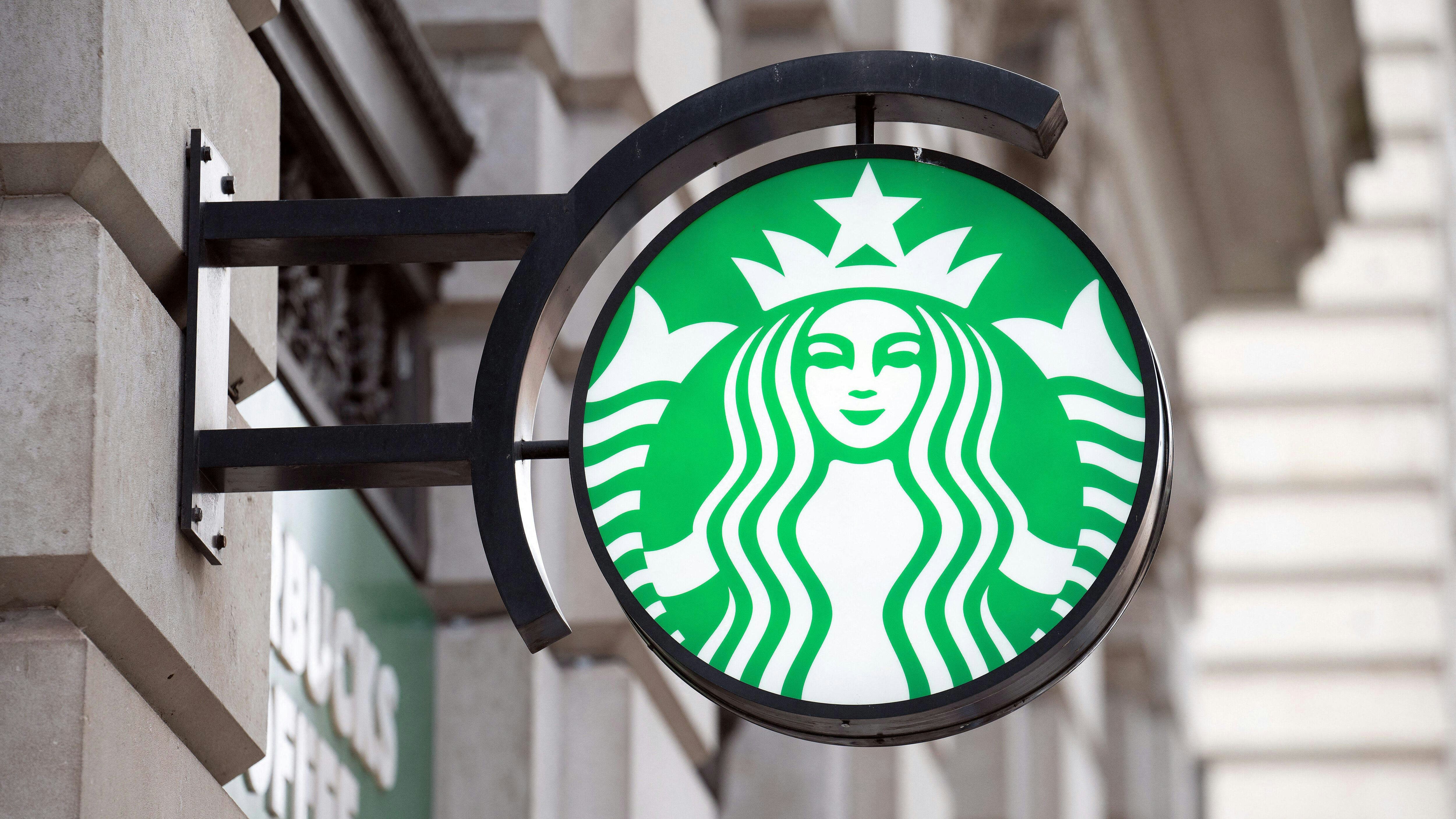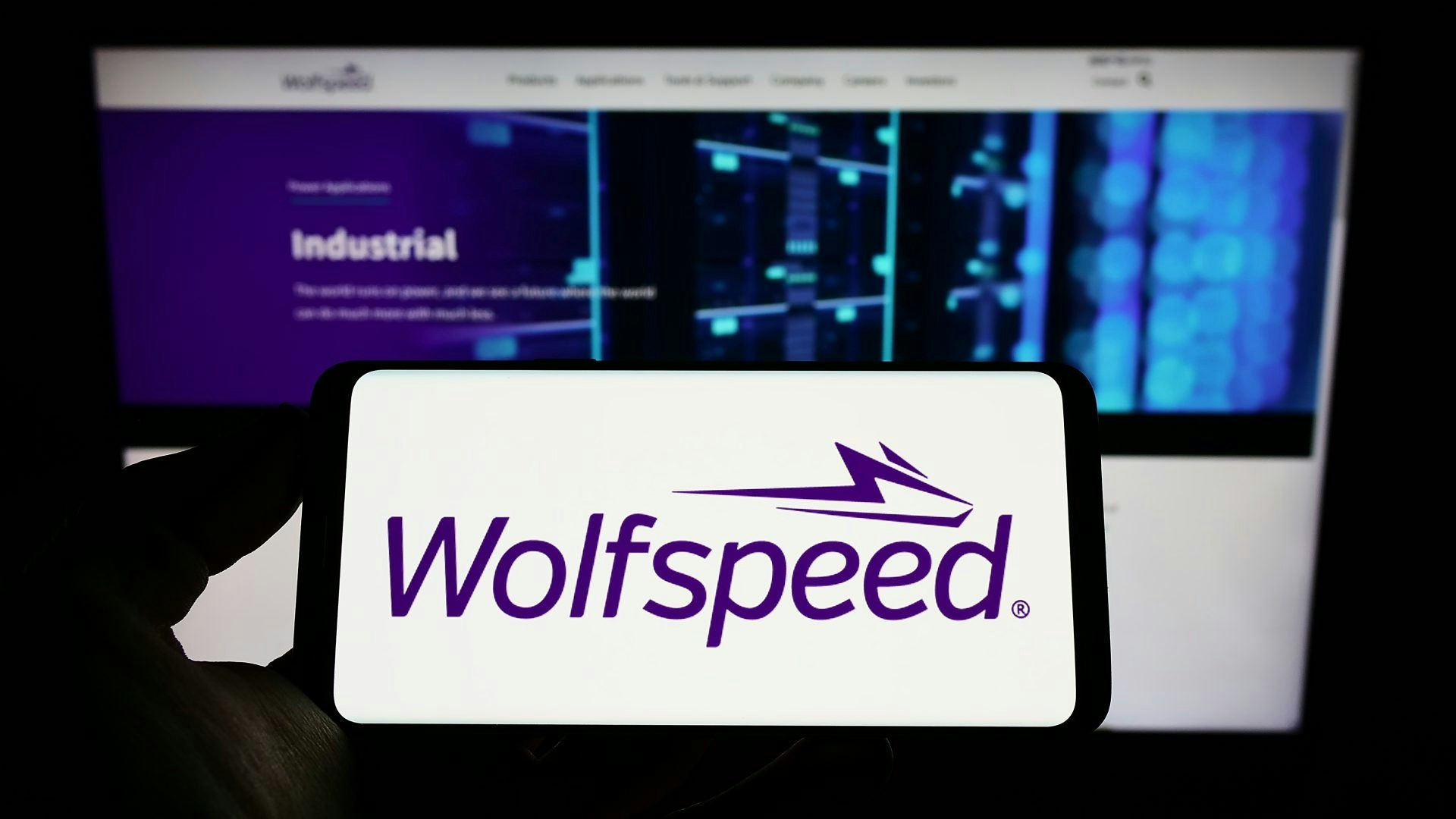The language learning app provider Duolingo experienced a remarkable increase in the number of its paying subscribers in the first quarter, mainly driven by investments in artificial intelligence. With a 54% increase compared to the previous year, the number of paid users rose to 7.4 million. The company also recorded a revenue increase of 45% to 167.6 million US dollars in the first quarter.
Duolingo Uses Generative AI to Speed Up Content Creation Process, Shortening Some Projects from Five Years to Just Three Months. The Technology Has Not Only Contributed to an Increase in Revenue, but Also Enabled Duolingo to Raise Its Forecasts While Other Companies in the Online Learning Sector Report Declines.
The Chief Executive Luis von Ahn emphasized the importance of AI for the company and explained that Duolingo Max - developed with OpenAI's GPT-4 technology and currently available in only six countries for Spanish and French learners – will soon be offered in additional languages, including English, the most popular language to learn.
Finance Chief Matt Skaruppa Explains Duolingo Aims to Boost AI Monetization through Expansion of Family Subscription and Duolingo Max Plan. The Max Plan, Currently Costing $29.99 Monthly or $167.99 Annually in the USA, is also Intended to be Offered in Other Geographical Regions.
Although the number of Max subscribers is small compared to the total number of users, the company is optimistic that the integration of additional AI features, which go beyond simple conversations, will drive growth.
Duolingo aims to improve family plans with smoother in-app invitations and more engaging social features. "The most difficult part is keeping users engaged with language learning and ensuring they return to the app daily," said Skaruppa. Nevertheless, the content seems to be compelling enough to captivate learners: the number of daily active users rose to 31.4 million in the quarter.
For the second quarter, Duolingo has raised its revenue forecast to 175 million to 177.5 million US dollars, whereas analysts had expected 176.9 million US dollars. This contrasts with more cautious forecasts from other educational technology companies such as Coursera and Chegg, which report challenging prospects for online learning.







